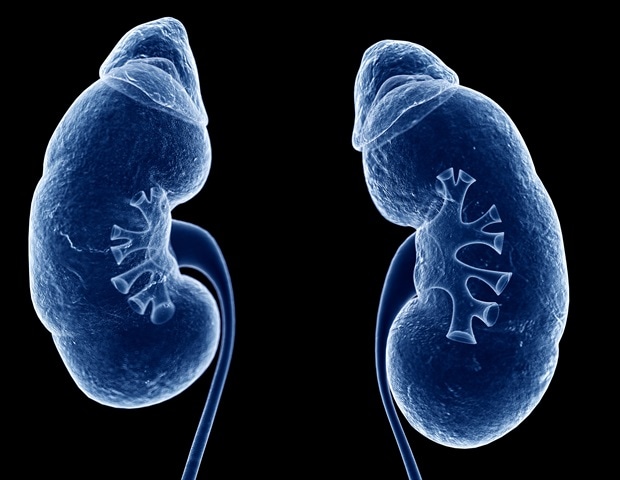A recent study has shed light on the selectivity mechanisms of the cancer-associated enzyme, N-acetylglucosaminyltransferase-V (GnT-V), revealing important structural and cellular insights. Published in iScience on October 28, 2025, the research indicates that understanding how GnT-V selects its substrate proteins could pave the way for therapeutic advancements in various diseases, including several types of cancer.
Glycans, complex carbohydrates present on cell surfaces, play a vital role in numerous biological processes such as cell-to-cell communication and structural integrity. GnT-V is often found to be abnormally elevated in cancer patients, correlating with a poorer prognosis. This enzyme’s interaction with N-glycans has also been linked to diseases such as Alzheimer’s and diabetes, highlighting its significance in health and disease.
The research, conducted by a team led by Kizuka Yasuhiko from Gifu University, focused on the selectivity of GnT-V based on two primary factors: the three-dimensional structure of proteins and their subcellular trafficking within polarized cells. In polarized cells, distinct structural regions, known as the basal and apical surfaces, perform different functions and exhibit varied compositions.
The study primarily utilized mouse kidney tissue to explore GnT-V’s substrate selection, identifying metalloproteases—enzymes that break down proteins with metal ions attached—as key substrates of GnT-V located mainly at the apical surface. The findings suggest that the enzyme’s selection process relies heavily on both the structural characteristics of the proteins and their trafficking within the cell.
While the study provides crucial insights, it also acknowledges several limitations. The reliance on specific proteins for identifying glycoprotein substrates raises concerns about potentially overlooking other glycoproteins. Furthermore, the implications of cell polarity on GnT-V modification remain unclear, necessitating further investigation.
Kizuka expressed optimism about future research, stating, “This could lead to the precise prediction of glycan structures of each glycoprotein in cells, contributing to the eventual remodeling of glycans for therapeutic purposes.” Such advancements could significantly enhance treatment options for diseases linked to abnormal glycosylation patterns.
The collaboration included researchers from various prestigious institutions, such as the University of Osaka, Hiroshima University, and Kumamoto University. Funding for the project was provided by several organizations, including the Japan Science and Technology Agency, the Japan Society for the Promotion of Science, and the Human Glycome Atlas project.
As the research community continues to explore the complexities of glycosylation, the potential for new therapeutic strategies that target enzymes like GnT-V offers significant hope for improving cancer treatment and understanding other related diseases.







